Remnants and Curiosities of the Natural World
Seven established artists explore intersections of the human and animal worlds, the technological and organic spheres, and compress those stories into a harrowing, exhilarating archetypal narrative.
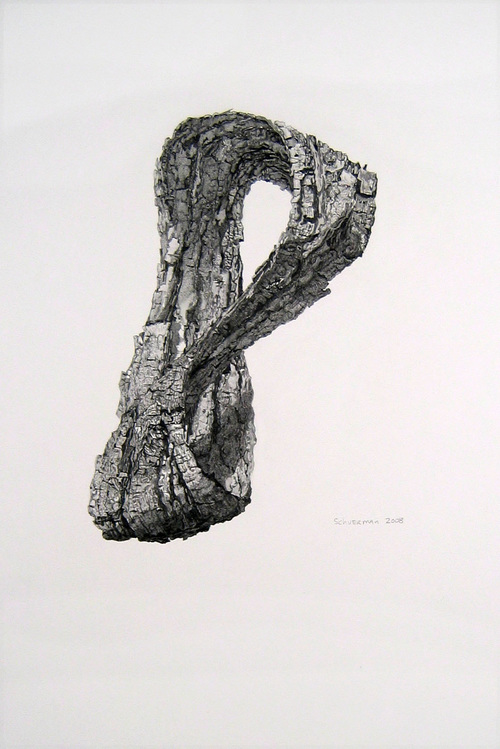
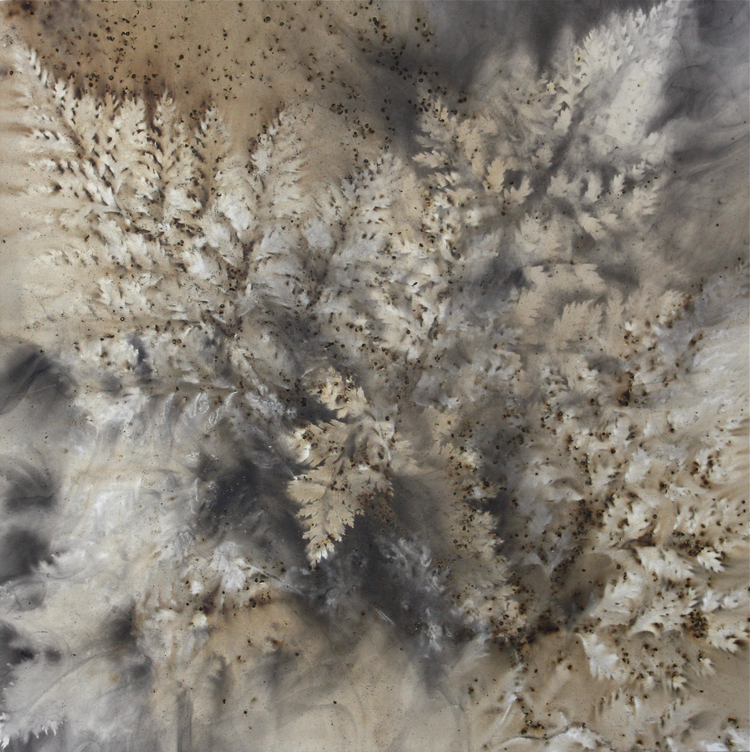
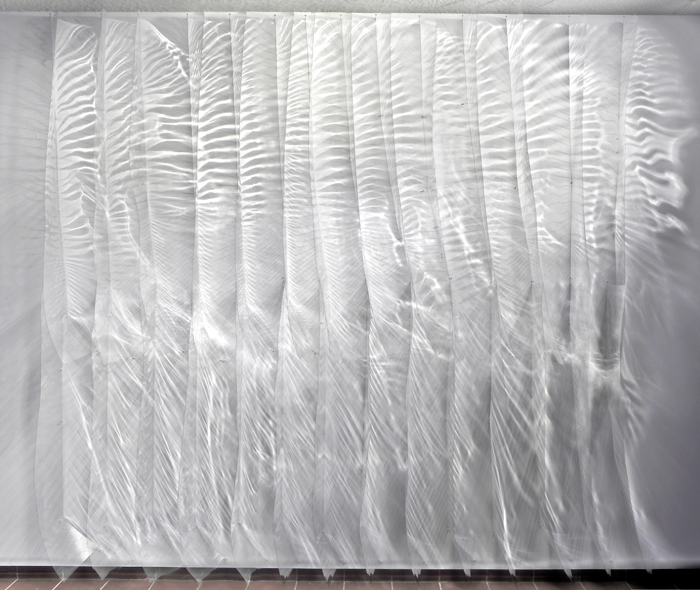
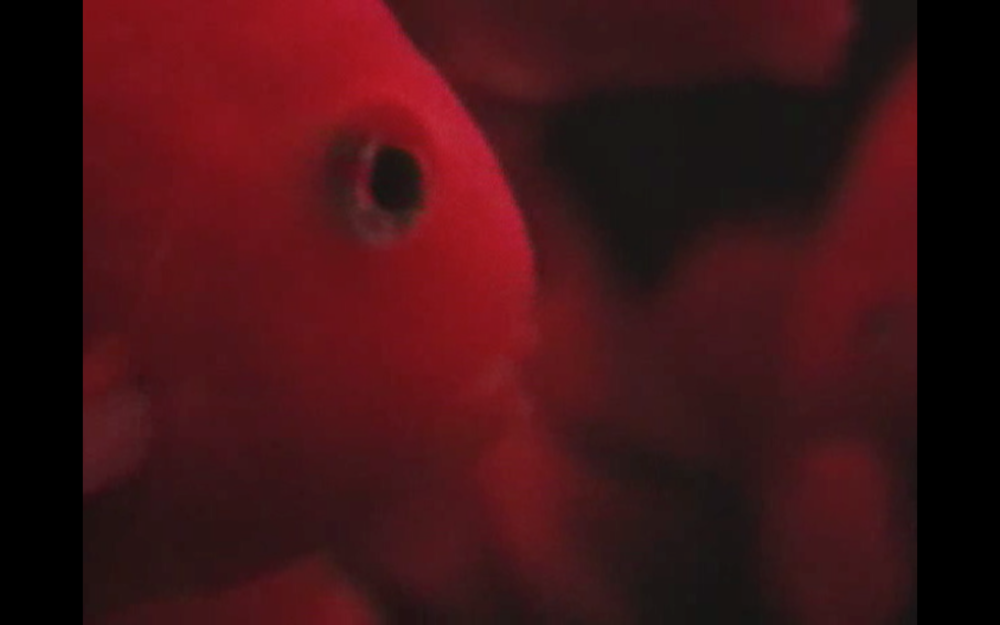
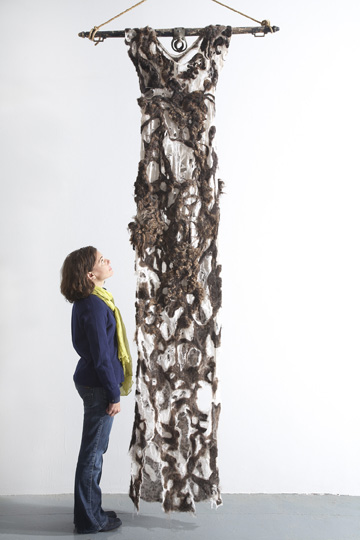
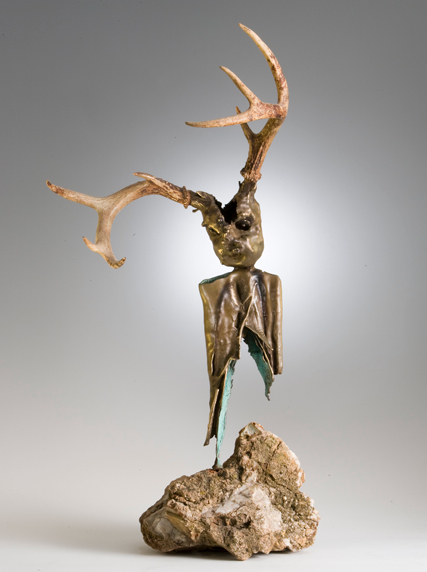
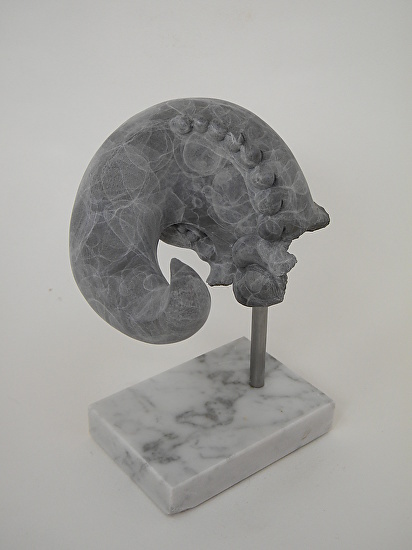
IT’S UNBEARABLE AT TIMESto fully recognize, much less negotiate or remediate, the havoc wrecked by colonialism and capitalism on our natural world. Just as our push toward the singularity continues unabated — as researchers and scientists advance technologies that allow us to become less human and more cyborg — so does the insatiable consumption of any raw, natural, organic material we can get our hands on (including people) drive species mutation, devastation and extinction.
The mission of John Schuerman’s new Instinct Gallery is to present “socially relevant, thematic group exhibitions that engage audiences” with “an emphasis on art that honors nature,” according to the website. Humanity’s relationship with the natural world is so fractured — our love and admiration for natural processes is often dissembling or simply utilitarian, yet also primal. And so we need to reconnect where we can. Instinct Gallery wants to show us a way, through art.
The path, if the gallery’s breathtaking inaugural exhibition Remnants and Curiosities of the Natural World, is any indication, is full of wonders at once harrowing and exhilarating. Populated with the work of seven established artists, the show explores the potential outcomes of a past, present and future, the human and animal, the technological and organic compressed into a universal, archetypal narrative.
There are elaborate dresses—9.5 feet in length—of sheep and bison wool, linen and silk, onion-skin dye, horse yokes and rope befitting a tribe of warrior princesses. Woven by Moira Bateman, the dresses are from her Mnemosyne Series. Mnemosyne, fittingly, was the goddess of memory in Greek mythology, the daughter of Gaia and Uranus, and the mother of the nine Muses fathered by Zeus. To stand before these garments is akin to absorbing the raw energy of the Jung’s collective unconscious, in one tactile sensation.
Tim Nimmo’s sculptures, selected from his Artifact Series, are gray clay objects resembling the horns of prehistoric creatures. David Aschenbrener’s sculptural assemblages are exquisite hybrids of animal and mineral rendered as spiritual totems. Schuerman’s Escher-esque drawings are lifelike in their profound detail. Lynn Speaker’s evanescent paperworks created with fire, gunpowder and natural materials join time, happenstance, and intention in memento mori of explosive intrigue.
Steve Ozone’s meditative video on the injecting of dye into parrotfish to color and commodify them for tourists also speaks to the repercussions of commercialization on an organism’s natural processes. Jantje Visscher’s evanescent sculpture uses light, shape and material to challenge perception, and ideas of repetition in a world of mass consumption and over-production.
These are established artists working the height of their creative powers, with tremendous sophistication, technical expertise, intelligence, and grace. Co-curated by Schuerman and Speaker, Remnants and Curiosities of the Natural World re-introduces us to some of the most relevant, important and astute artists working here today. In their work—these bits, oddities, takes and assemblages on a world now largely relegated to memory—we discover our essential nature.
About the author: Camille LeFevre is a Twin Cities arts journalist.